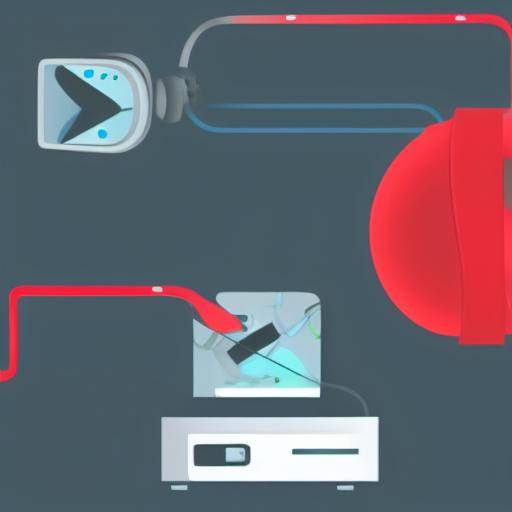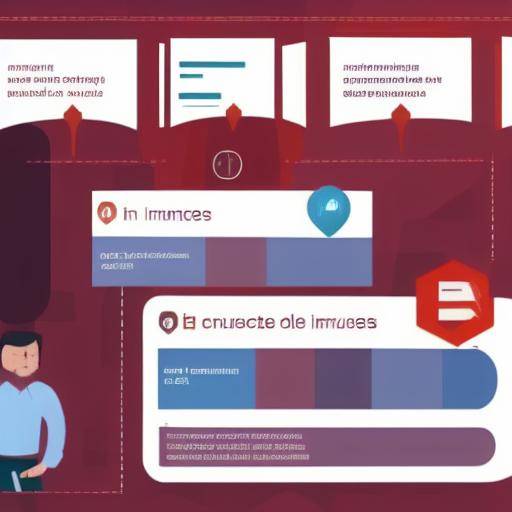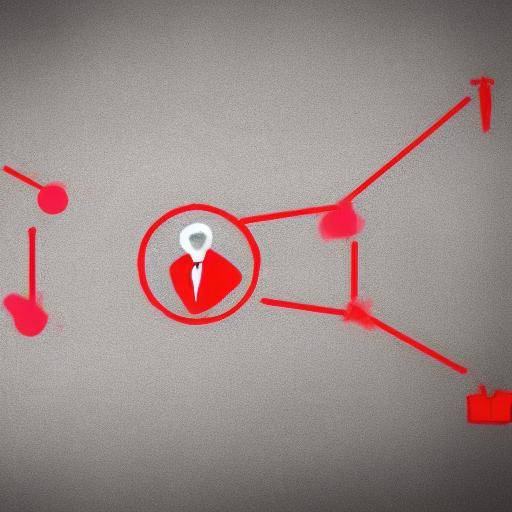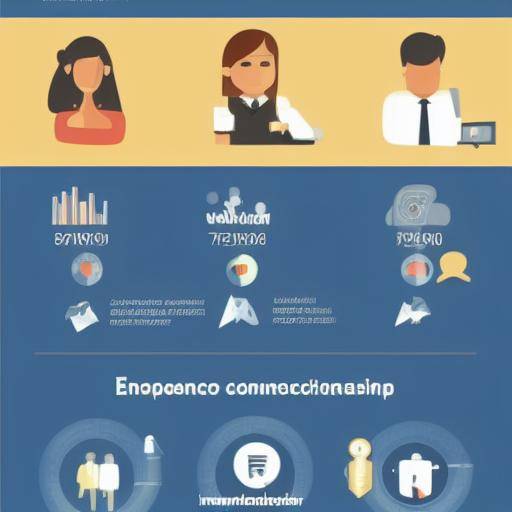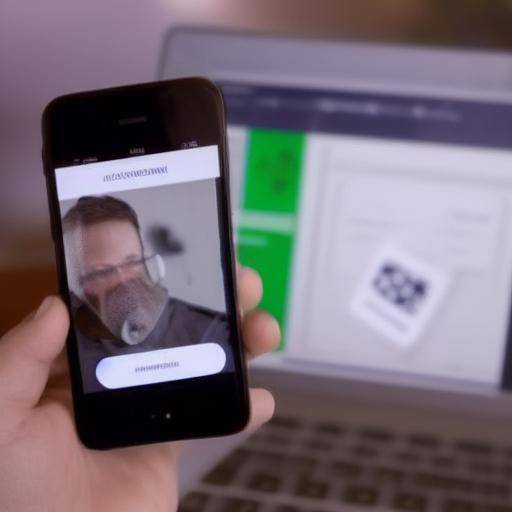
Positive feedback is a powerful tool in communication and the development of interpersonal relationships. It is important to know how to effectively provide positive feedback to improve performance, strengthen relationships and foster a positive working environment. In this article, we will explore in detail what positive feedback is, its importance, how to effectively offer it and its impact on interpersonal relationships. In addition, we will provide practical advice, case studies and future predictions to better understand this crucial issue in the working and personal environment.
History and background
Positive feedback has its roots in psychology and behavior theory. In the 1950s, leading psychologists such as B.F. Skinner and Abraham Maslow studied and promoted the importance of positive reinforcement in the learning and motivation process. Since then, positive feedback has been recognized as a valuable tool for personal and professional development.
In-depth analysis
Positive feedback brings many benefits, both for the emitter and for the receiver. It promotes an increase in motivation, reinforces desirable behaviors, empowers individuals and promotes a positive working environment. However, it also presents challenges, such as managing delicate situations, authenticity in delivery and correct interpretation by the receiver.
Comprehensive review
The effective implementation of positive feedback is fundamental in various contexts, from teaching to business leadership. It is essential to establish best practices that serve as a guide to ensure that positive feedback is perceived as constructive and useful.
Comparative analysis
It is essential to differentiate between positive feedback, effective communication and healthy interpersonal relationships. Although they are interconnected, each plays a unique role in personal and professional development. Understanding how they relate to each other gives us a more complete view of their influence on social dynamics.
Practical advice and useful advice
By providing positive feedback, it is essential to follow certain guidelines to ensure their effectiveness. Providing specific examples, being honest and empathetic, and focusing on behavior and not on the person are some of the key strategies for effectively giving positive feedback.
Ideas and opinions of industry experts
Experts in psychology, leadership and organizational development offer a valuable perspective on the importance and impact of positive feedback. Your informed opinions provide a deeper insight into how positive feedback can shape behaviors and relationships.
Case studies and applications in real life
The concrete examples of successful implementation of positive feedback demonstrate their transformative power in different environments, from education to the working environment. Reviewing these cases gives us a clearer understanding of how to implement and take advantage of positive feedback in real situations.
Future trends and predictions
Current trends and perceptions of experts suggest that positive feedback will remain a crucial element in the evolution of leadership and personal development. New tools and approaches are emerging to improve the effectiveness and impact of positive feedback in the future.
Conclusion
Positive feedback is a powerful tool to promote growth and strengthen relationships. By learning to provide positive feedback effectively, we can significantly influence the performance and well-being of others. Following best practices and understanding their importance, we can create a positive impact on both the working environment and our personal relationships.
FAQs
1. What is the difference between positive and negative feedback?
Positive feedback focuses on highlighting and strengthening the positive aspects of a person's behavior or performance, while negative feedback focuses on identifying areas of improvement or correction in behavior.
2. How can I effectively give positive feedback to a colleague?
To give positive feedback effectively to a colleague, it is important to be specific, honest and constructive. It praises specific behavior or achievement, explains how it has had a positive impact and offers suggestions to maintain or improve that behavior.
3. What is the importance of positive feedback in the working environment?
Positive feedback in the working environment leads to increased motivation, productivity and employee satisfaction. It helps to promote a culture of recognition and support, which in turn strengthens the commitment and loyalty of employees.
4. How can I receive positive feedback constructively?
To receive positive feedback constructively, it is essential to actively listen, thank feedback, and be open to improvements. Taking feedback as an opportunity for personal growth and development can significantly improve its impact.
5. Can positive feedback improve interpersonal relationships?
Yes, positive feedback can improve interpersonal relationships by promoting an environment of support, trust and mutual recognition. In highlighting and assessing the positive aspects of others, linkages are strengthened and more open and effective communication is encouraged.
6. What is the long-term impact of positive feedback on personal growth?
Positive feedback contributes to personal growth by strengthening self-esteem, increasing confidence and fostering a continuous improvement mentality. In addition, it can motivate people to continue to develop their strengths and skills, leading to sustainable growth over time.



















